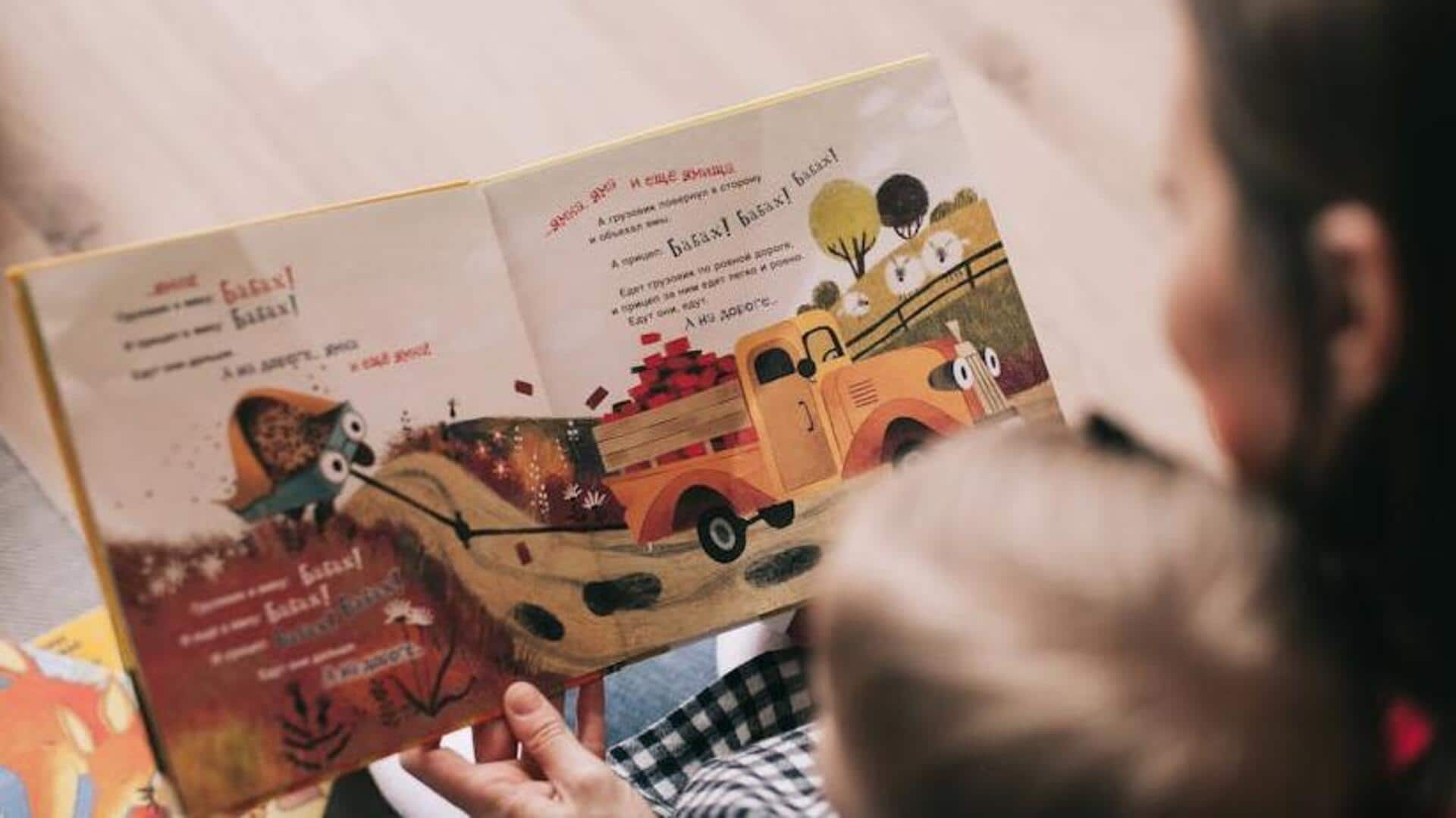
Building leadership skills in kids: It starts with this
What's the story
Group storytelling is an exciting way to nurture leadership skills in children. In this collaborative activity, children learn to communicate efficiently, think creatively, and work as a team. This method encourages them to take initiative and develop confidence in their abilities. Through group storytelling, children can explore different perspectives and enhance their problem-solving skills, which are key components of leadership.
Drive 1
Encouraging active participation
Active participation is key to honing leadership skills through group storytelling. Encourage every child to pitch in ideas and take turns in leading the story's course. This involvement helps them comprehend the importance of listening to others, while also articulating their mind. By cultivating an atmosphere where every voice is heard, children realize the essence of collaboration and mutual respect.
Drive 2
Building confidence through creativity
Creativity has a major role to play in establishing confidence among young storytellers. Letting the kids unleash their imagination helps them develop self-assurance in their creativity. As they weave unusual stories together, they get comfortable sharing ideas without the fear of being judged or criticized. This confidence can convert into better leadership traits as they grow up.
Drive 3
Developing problem-solving skills
Group storytelling also often comes with challenges that need problem-solving skills. The kids would have to navigate plot twists or conflicts within the story together, prompting them to think critically about solutions that benefit everyone involved. This practice sharpens their ability to analyze situations from all angles—a key trait of effective leaders who need adaptable strategies when solving real-world problems.
Drive 4
Enhancing communication abilities
Effective communication is critical for successful leadership development during group storytelling sessions, whether with peers or adults alike. It helps participants not just articulate their thoughts but also get to know other people better by actively listening attentively. This happens throughout the discussions on different topics related directly back into the narrative creation processes themselves!